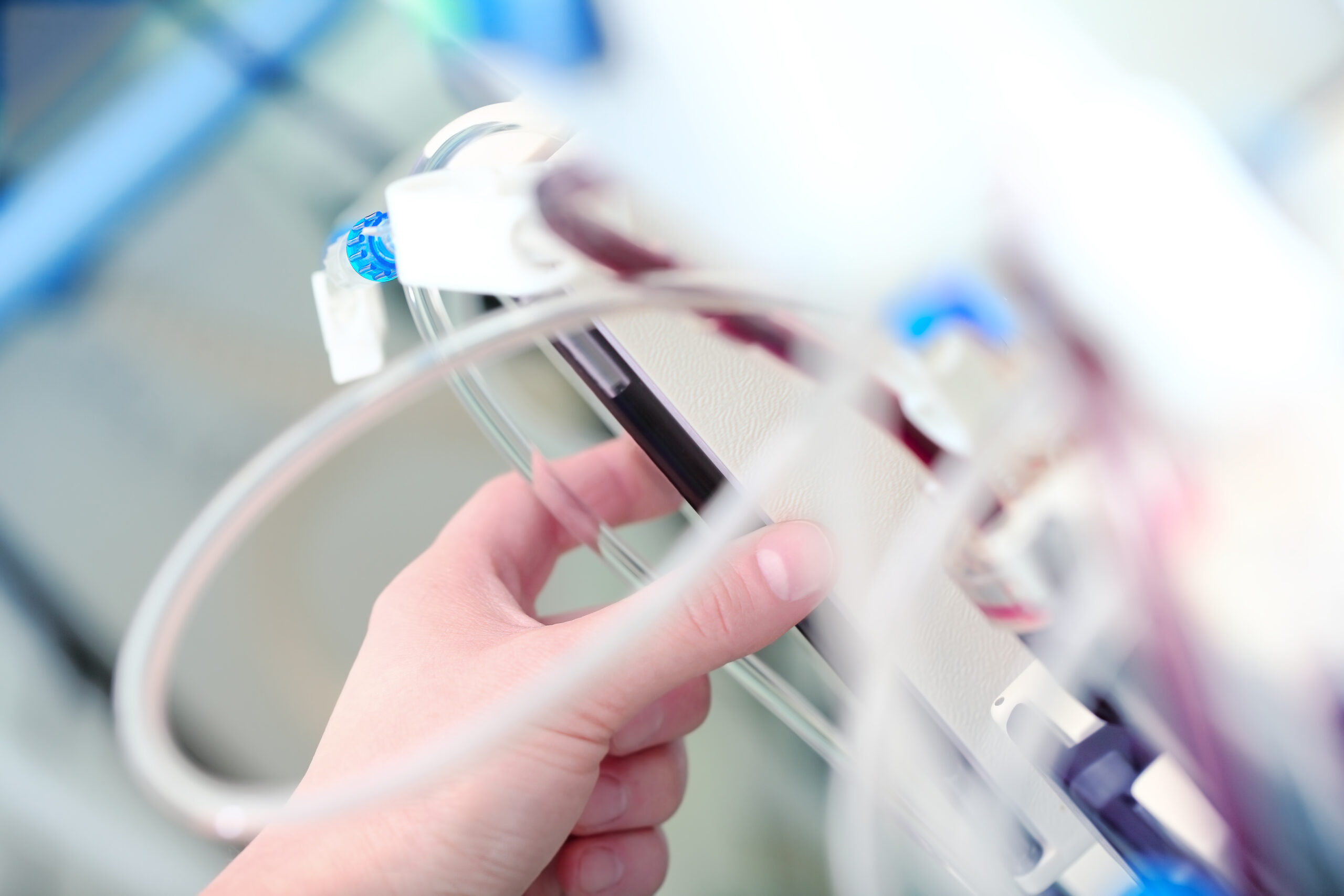In Mexico, Medical Devices are classified according to the risk involved in their use, for registration purposes, so we have the following three classes:
- Class I: Those supplies known in medical practice and whose safety and effectiveness are proven, and generally, they are not introduced into the body.
- Class II: Those supplies known in medical practice and that may have variations in the material with which they are made or in their concentration, and generally they are introduced into the body for less than 30 days.
- Class III: Those supplies that are new or recently accepted in medical practice, or that are introduced into the body and remain in it for more than 30 days.
These three classes are ruled by the contact time of the MD with the user or patient; however, we have a supplement for Medical Devices of the Pharmacopeia of the United Mexican States that contains 35 specific rules that help us classify an MD for application purposes of the Registration in Mexico.
These rules define criteria that must be considered to determine the class of the MD, and for their correct application, therefore it is necessary to know the following:
- The application of these criteria for classification is ruled by the intended purpose of use of the MD.
- If several rules apply to an MD, the rule that corresponds to the highest classification is applied.
- If an MD is intended to be used in combination with another Medical Device, the classification criteria will apply for each of the products separately.
- Software that is part of a Medical Device or influences its operation will be included in the same category.
- If an MD is not intended to be used exclusively or mainly on a specific part of the body, the most critical specific use will be considered for classification.
It is important to keep the following concepts in mind when reviewing the rules:
- Non-invasive Medical Device: It does not have contact with the patient or only has contact with the patient’s skin.
- Invasive Medical Device: Partially or completely penetrates the interior of the body through a body orifice.
- Surgical-type invasive medical device: Penetrates the interior of the body through the body surface with a surgical intervention. MDs whose penetration into the interior of the body does not occur through recognized body orifices are also considered.
- Body orifice: Any natural opening in the body, the external surface of the eyeball, or a permanently created artificial opening (Example: a stoma).
- Implantable Medical Device: Any device that is completely introduced into the body or that replaces an epithelial surface or surface of the eye (they can be partially or absorbed); by surgical introduction, that is intended to remain in the body after the procedure. Any MD that is partially introduced into the human body through a surgical intervention and that remains in the body for more than 30 days is also considered in this category.
- Active Medical Device: One whose operation depends on a source of electrical energy or any source of power different from those generated directly from the human body or by gravity, and that works in conversion of that energy; In short, to function, they need to be connected to any power source.
- Duration: Time of permanence or contact of the Medical Device with the human body.
- Transitory use: Intended to normally be used continuously for less than 60 minutes.
- Short-term use: Normally intended to be used for no more than 30 days.
- Long-term use: Intended to be used continuously for a period longer than 30 days.
A little more about the classification rules…
- Rules 1-4 describe non-invasive Medical Devices:
- Examples:
That is in contact with the skin: Gauze, urine collectors, bandages, dressings, probes for electrocardiograms.
That involves the storage, conduction, and perfusion of blood, body fluids, tissues, liquids, or gases: Blood collecting tubes, hemodialysis machines, bags containing saline solutions.
- Rules 5-10 describe invasive Medical Devices.
- Examples: Invasive that involve body orifices in their use: Urinary catheters, gloves, dental implants, and bridges, prostheses.
- Rules 11-17 apply to active medical devices, that is, those that are in contact with the human body in the short and long term.
- Examples: Active MD for diagnostic purposes: Ultrasound, oximeter, stethoscope, thermometers, blood pressure devices
- Intended to manage or exchange energy: Tomography, X-ray machines, incubators, and supplies for dental use.
- Software as a medical device: Mobile applications.
- Rules 18-23 describe special criteria, for example: for medical devices that are intended to aid the incorporation of a drug product or nanomaterials into the body, MD used for contraceptive purposes or the prevention of sexually transmitted diseases, intended for disinfection or decontamination.
- Examples: Male and female condoms, non-medicated and medicated intrauterine devices, and subdermal implants used as contraceptive methods
- Rules 24-33 apply to In Vitro Diagnostic Agents, these will be classified according to their indication for use and the level of risk that an erroneous result could cause serious disability or death of the patient, fetus, or embryo.
- Examples: Contrast media, Diagnostic tests (for HIV, HCV, HTLV, etc.), tests for the detection of markers, reagents, calibrators, and culture media.
- Rule 34 describes Hygienic Products
- Examples: antiseptic gel, tampons, lubricants.
- Rule 35 refers to low-risk Medical Devices
- Examples: Face masks, surgical masks, body control scales, sheets, and fields for surgical use
In conclusion, we can state that the correct classification of medical devices represents a great challenge, due to the variety of MDs that are on the market and the technological advances that are continually taking place, however, for the registration application it is essential to classify the product in question correctly, since according to this class the payment fees will apply, the requirements demanded by COFEPRIS and we will be able to obtain the registration avoiding the issuance of a deficiency letter due to errors in classification.
Fortunately, we have these 35 rules that represent an important tool, since they provide an orderly and systematized method for the correct classification of a medical device, taking into account the intended use of the product, the contact time with the body, if it is required energy for its use, if it emits any type of energy for therapeutic purposes (p.e. x-rays), if it is introduced into the body, the level of risk if an erroneous result is given if it is software; the fact that they are very specific makes correct application easier and they help us to identify the most suitable class according to the characteristics of the product in question.
Source:
Pharmacopeia of the United Mexican States Medical Device Supplement 5.0, 2023


